Holistic Approaches to Managing Reactive Arthritis: The Role of Physiotherapy, Osteopathy, and Exercise Physiology
Reactive arthritis is a condition characterized by inflammation in the joints, often occurring as a response to an infection in another part of the body. While medical interventions such as medications and antibiotics play a crucial role in managing symptoms, a holistic approach that includes physiotherapy, osteopathy, and exercise physiology can significantly contribute to the overall well-being of individuals with reactive arthritis.
Physiotherapy:
Physiotherapy is a vital component of the multidisciplinary approach to reactive arthritis management. A skilled physiotherapist can tailor exercise programs to improve joint mobility, reduce pain, and enhance muscle strength. Range of motion exercises helps maintain flexibility in affected joints, preventing stiffness and promoting overall joint health.
Physiotherapists may also employ modalities such as heat and cold therapy to alleviate pain and inflammation. Additionally, they can educate patients on proper body mechanics and ergonomics, helping them adopt habits that reduce the strain on affected joints during daily activities.
Osteopathy:
Osteopathy focuses on the musculoskeletal system and emphasizes the interconnection between different parts of the body. Osteopathic practitioners use manual techniques to address joint restrictions, improve circulation, and enhance the body's natural healing processes. In the context of reactive arthritis, osteopathy can be beneficial in promoting joint mobility and reducing pain.
Osteopaths may employ techniques such as soft tissue manipulation, stretching, and gentle joint mobilization to alleviate discomfort and improve overall joint function. By addressing musculoskeletal imbalances, osteopathy contributes to a more holistic and comprehensive approach to managing reactive arthritis.
Exercise Physiology:
Exercise physiology plays a crucial role in developing safe and effective exercise programs tailored to the specific needs of individuals with reactive arthritis. Exercise physiologists are trained to understand the physiological responses to exercise and can design programs that improve cardiovascular health, muscular strength, and overall physical function without exacerbating joint symptoms.
Low-impact exercises, such as swimming or stationary cycling, are often recommended to minimize stress on affected joints. Strengthening exercises targeting the surrounding muscles provide additional support to the joints, helping to stabilize and protect them. Moreover, aerobic exercises contribute to improved cardiovascular health, which is essential for overall well-being.
Integration of Therapies:
Collaboration among physiotherapists, osteopaths, and exercise physiologists is essential for a holistic and integrated approach to managing reactive arthritis. Coordination ensures that the individualized treatment plans align with the patient's specific needs and goals. Regular communication between healthcare professionals helps monitor progress, adjust interventions as necessary, and address any emerging concerns.
Conclusion:
Reactive arthritis requires a multifaceted approach for effective management, and physiotherapy, osteopathy, and exercise physiology play integral roles in this comprehensive strategy. By addressing the physical aspects of the condition and promoting overall well-being, these therapies contribute to an improved quality of life for individuals living with reactive arthritis. As with any healthcare intervention, it is crucial for patients to consult with their healthcare team to determine the most appropriate and personalized approach to managing their specific condition.
